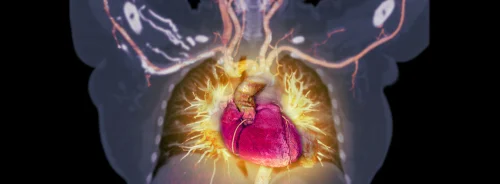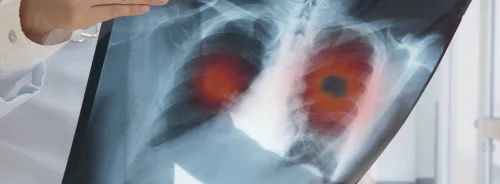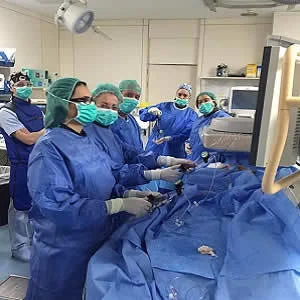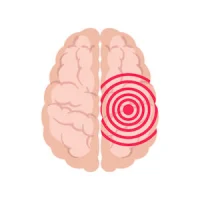Effective endovascular therapy (EVT) for acute ischaemic stroke requires a rapid multidisciplinary response with technically successful revascularisation and few complications. Overall EVT times can be delayed by transfer of these patients to endovascular-capable hospitals, potentially leading to worse outcomes. Thus, increasing the local availability of EVT is important and skilled body interventional radiologists can contribute to the pool of physicians providing this care, according to a commentary published in Journal of Vascular and Interventional Radiology.
Amidst controversy regarding the training necessary for interventional radiologists (IRs) to perform EVT, there is reasonable evidence showing that IRs, with appropriate additional training and experience, can treat acute ischaemic stroke patients with outcomes similar to those achieved by neurointerventional physicians, says author David Sacks, MD, of the Department of Interventional Radiology, Reading Health System, West Reading, PA.
The evidence comes from published trials in which IRs performed stroke interventions as well as registry data. For instance, the Interventional Stroke Therapy Outcomes Registry is used predominantly by community-hospital interventional radiologists and includes more than 700 patients treated with EVT.
"The role of interventional radiologists in providing this critical and time-urgent care should therefore be based on clinical and manpower needs for best patient care and not based on physician speciality. This will be a local decision based on local endovascular stroke therapy availability and transport times," Dr. Sacks points out.
In treating stroke patients, locally available care matters. Mortality is associated with increasing distance between the transferring hospital and the comprehensive stroke centre (CSC). Therefore, the American Heart Association recommends that patients not bypass the local hospital where intravenous alteplase – i.e., tissue plasminogen activator (TPA) – is available in favour of a CSC if the diversion would add more than 15-20 minutes of transport time. The patient can subsequently be transferred to an endovascular-capable hospital if needed.
IRs can augment physician manpower to increase the local availability of EVT. Interventional radiology physicians are trained in neuroanatomy and imaging and have expertise in endovascular catheterisation, including the use of microcatheters and microwires, and endovascular interventions with the use of diverse devices, including clot retrieval devices used for peripheral vascular applications. "This background serves as the foundation for further training and experience in stroke interventions. Interventional radiology participation in stroke cases would not dilute the experience of other neurointerventional physicians treating other neurovascular conditions such as cerebral aneurysms or vascular malformations," the author writes.
There is controversy regarding what further training is appropriate for an interventional radiologist before caring for stroke patients. In 2016, the Society of NeuroInterventional Surgery (SNIS) and many other international societies published a revised training guideline that requires a neurointerventional fellowship that may or may not be accredited, and with zero required EVT training cases. In the SNIS document, there is no pathway for training other than through fellowship. In contrast, the American College of Radiology and the Society of Interventional Radiology always include a training pathway through experience regardless of physician speciality.
Source: Journal of Vascular and Interventional Radiology
Image Credit: Mercedes Pérez Lafuente
References:
Sacks, David. (2017) Interventional Radiologists and Endovascular Therapy for Acute Ischemic Strokes. Journal of Vascular and Interventional Radiology. doi.org/10.1016/j.jvir.2017.03.011
Latest Articles
endovascular therapy, Interventional Radiologists, Endovascular Stroke, EVT
Effective endovascular therapy (EVT) for acute ischaemic stroke requires a rapid multidisciplinary response with technically successful revascularisation and few complications. Overall EVT times can be delayed by transfer of these patients to endovascular







